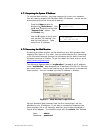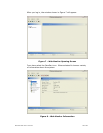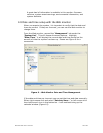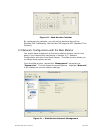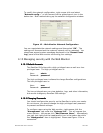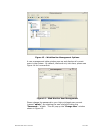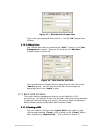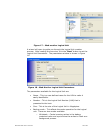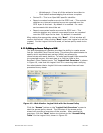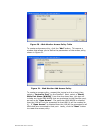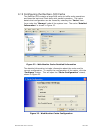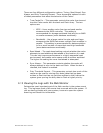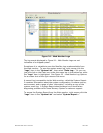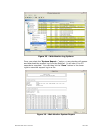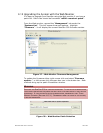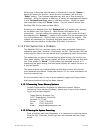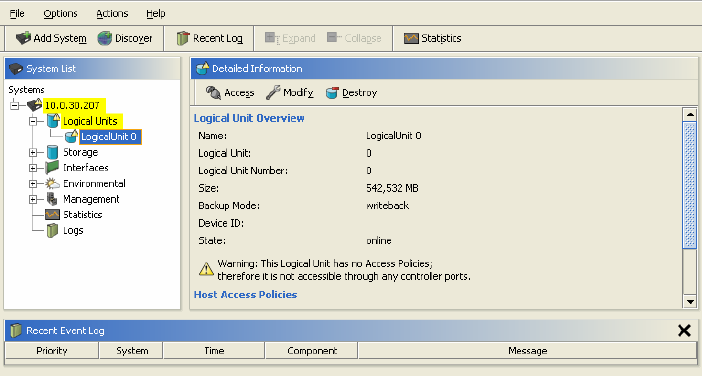
RamSan-500 User’s Manual 30 of 48
o Writethrough – Force all of the writes to be written to
Flash before acknowledging the write as complete.
• Device ID – This is an OpenVMS specific identifier.
• Report corrected media errors to the SCSI host – This controls
whether any internal corrected errors are reported over the
SCSI layer to the host. By default it is enabled. For most
environments this should be set.
• Report uncorrected media errors to the SCSI host – This
controls whether any internal uncorrected errors are reported
over the SCSI layer to the host. By default it is enabled.
After setting the appropriate values click “Next”. A final window will
confirm the values. After clicking “Next” again, the Logical unit will be
created. For the Logical Unit to be used, an access policy needs to be
defined.
4.11.2
4.11.24.11.2
4.11.2 Adding an Access Policy to a LUN
Adding an Access Policy to a LUNAdding an Access Policy to a LUN
Adding an Access Policy to a LUN
The Web Management Interface provides the ability to create access
lists for individual Fibre Channel ports. This allows the administrator to
specify which worldwide port names (HBAs) are allowed to
communicate with each partition. To make partitioned LUNs accessible
to connected servers, the next step is to link the LUNs to the
RamSan’s Fibre Channel ports. The “Logical Unit Overview” is shown
in Figure 19, note that the Logical Unit is in a warning state notifying
the administrator that a Logical Unit was created and has not been
presented to any hosts.
Figure 19 - Web Monitor Logical Unit with No Access Policy
Click the “Access” button on the “Logical Unit Overview” screen to
start the access policy wizard. The first step of the access policy
wizard will provide an overview of the process. After reading the
overview, click the “Next” button to continue to the “Access Policy
Table” for the Logical Unit, shown in Figure 20.



